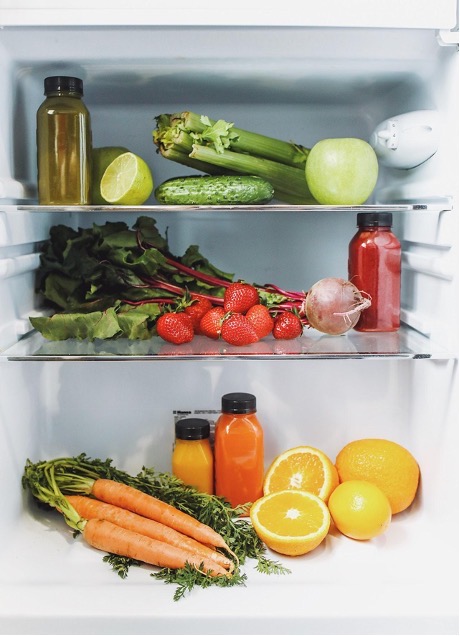Where do these food items belong: Fridge or cupboard?

From ketchup to chocolate, the long-running debate on whether certain food items belong in the fridge or the cupboard has finally been answered.
Experts at Online healthy food retailer MuscleFood have settled the answers to seven age-long arguments about where food belongs in the kitchen to ensure the best quality and taste.
There have been countless debates on where some of these foods truly belong, with many basing their argument on personal preference rather than thinking about keeping the food fresh for as long as possible.
Many like to eat chocolate straight after it’s been sat in the fridge, but others prefer the creamy texture of leaving it in the cupboard.
But experts say storing it in the fridge impacts the flavour and texture to become grainy or bubbly.
The experts have revealed the correct places for other household staples such as butter, onions, bananas and potatoes.
Ashleigh Tosh at MuscleFood.com said: “We’ve all had countless debates with our friends and family about where some of these much-loved ingredients belong, but there can only be one correct answer.
“We wanted to finally settle the debates, the arguments and the general confusion about whether certain items belong in the fridge or the cupboard by basing it on taste, quality and longevity rather than personal preference.
“For chocolate lovers, you may be disappointed and for those who like to have their butter melted, you may think twice next time you have a slice of toast.”
Here are where seven food items belong – whether it’s the fridge or cupboard, by MuscleFood.com:
Chocolate: Cupboard
Where to store chocolate is one of the most controversial questions to all Brits with a sweet tooth – but the cupboard is the best place to keep it. Storing it in the fridge creates a sugar bloom, which occurs when the chocolate is stored at too low a temperature resulting in temperature shock. This can seriously impact the flavour to make it either grainy or bubbly and causes the chocolate to turn white.
Ketchup: Fridge
It’s not the end of the world if ketchup is stored in the cupboard, but the quality can decline if it’s not stored in the fridge. After the lid has been opened, it’s best to store ketchup in the fridge to allow for a fresher taste up until the expiry date.
Potatoes: Cupboard
Don’t put potatoes in the fridge otherwise, you can be left with a foul sweetness when cooking them. Keep them stored in the cupboard and if small sprouts appear, simply chop them off at the root and the potatoes will still be safe to eat.
Onions: Fridge
Onions taste fresh when they come out of the fridge thanks to their coolness, but they also can last longer after being used. The leftovers after chopping and peeling the onions can be used for roughly an extra eight days if they’re stored in the fridge.
Bananas: Cupboard
Putting bananas in the fridge too early can disrupt the ripening process and make them taste less fresh and appetising. If left in too cool conditions, they could turn brown quickly and will have to be chucked out as it’ll be mushy when unpeeled.
Butter: Fridge
Many love the taste of melted butter on bread but leaving it on the side can create contaminated food which allows for more food waste. If you leave your butter on the side for too long with the lid off, don’t be surprised if you start seeing mould in the spread!
Oranges: Fridge
While many love to put them in a fruit bowl, keeping the oranges in the fridge can make the juices taste sweeter and more delicious. Consider popping them in the freezer too once fully ripe if you aren’t planning to eat them in the week.






